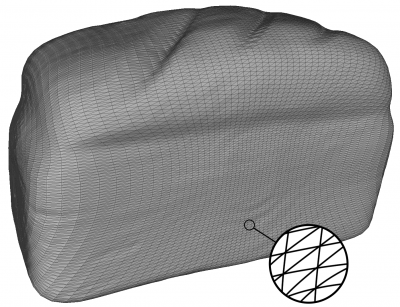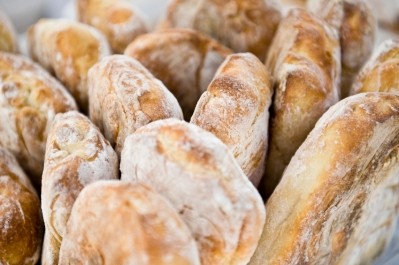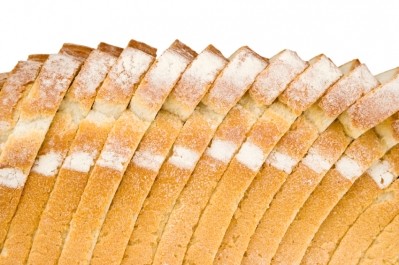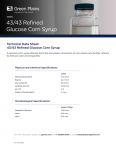Are natural antimicrobial compounds the future for delaying bread mold?
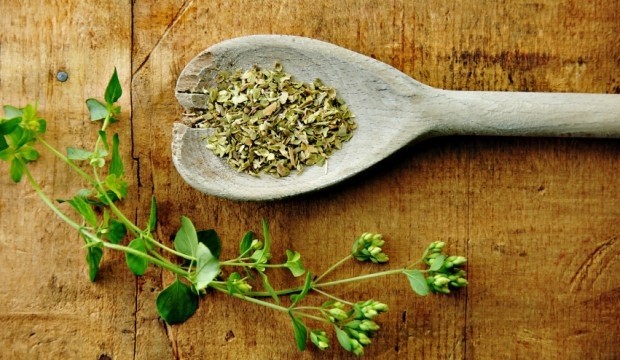
The study published in the Journal of Food Process Engineering investigated the antimicrobial efficiency of sachets containing different concentrations of oregano essential oil (OEO) – known for its phenolic compounds that have strong antimicrobial properties.
Researchers looked into the impact against E.coli, salmonella and penicillium on agar medium and prevention against yeasts and molds on sliced bread.
“Traditional packaging concepts are reaching their limits in enhancing food safety, quality and shelf life,” the researchers from Brazilian universities said.
“…Sachets containing OEO showed in vitro antimicrobial effect against the tested microorganisms, as well as reduced the growth rates of yeasts and molds on sliced bread.”

The researchers called on further research in the area of natural antimicrobial compounds to preserve sliced bread, chiefly essential oils.
They said such research is important given “the increasing demand by consumers for synthetic preservative-free, but still safe and fresh food products”.
Antimicrobial active (and natural) packaging
The packaging industry has already developed numerous technologies to improve the shelf life and inhibit mold growth in breads, including modified atmosphere packaging (MAP), irradiation, aseptic packaging and ethanol sachets.
However, the researchers said there is huge potential in natural options given consumer sentiment on preservation of fresh goods.
“Excessive amounts of synthetic preservatives have been applied to decrease fungal spoilage. Recent trends in the bakery industry comprise the demand for high-quality, minimally processed and synthetic preservative-free items, thus increasing the attention towards preservation techniques using natural compounds,” they said.
The active, antimicrobial OEO sachets therefore present a potential practical application for bread manufacturers looking to improve the shelf life and safety of sliced products, the researchers said.
“Directly from processing lines, one may obtain products with different flavors and extended shelf life provided by sachets included in the packaging stage. This is useful for food industries to avoid product recalls and to develop novel products, as there is an increasing understanding that innovations are essential for competitiveness.”
Sensory drawbacks?
Findings suggested that the texture of bread improved with the inclusion of the sachets in the packaging, although concentration levels are important to avoid flavor impact.
“The sachets did not affect the sliced bread texture, but imparted unpleasant sensory effects when the highest concentration was tested,” the researchers said.
At concentration levels above 10%, the reduction in mold and yeast growth was good but a bitter taste and strong odor impacted the bread. Concentration levels closer to 5% functioned well without the sensory impact, researchers found.
Source: Journal of Food Process Engineering
Published online ahead of print January 2014, doi: 10.1111/jfpe.12059
“Sliced Bread Preservation through Oregano Essential Oil-Containing Sachet”
Authors: ATP. Passarinho, NF. Dias, GP. Camilloto, RS. Cruz, CG. Otoni, ARF. Moraes and N. De Fátima Ferreira Soares
